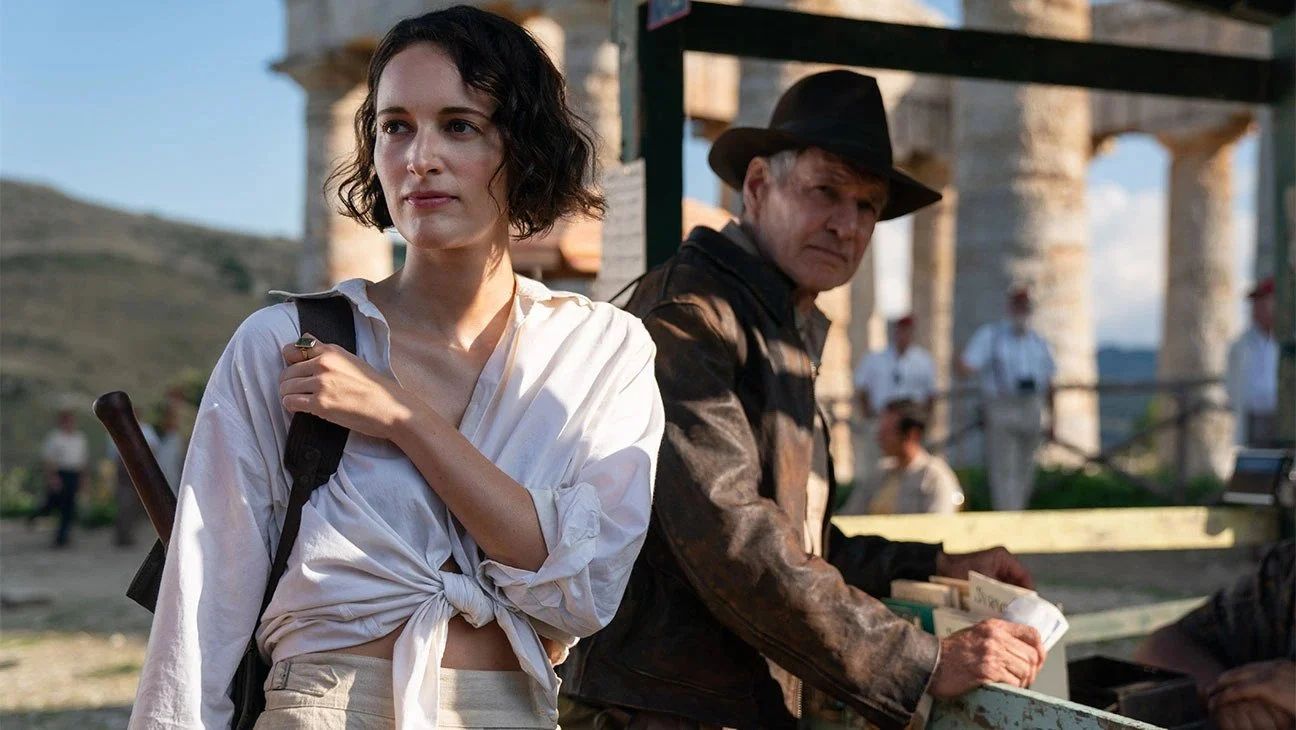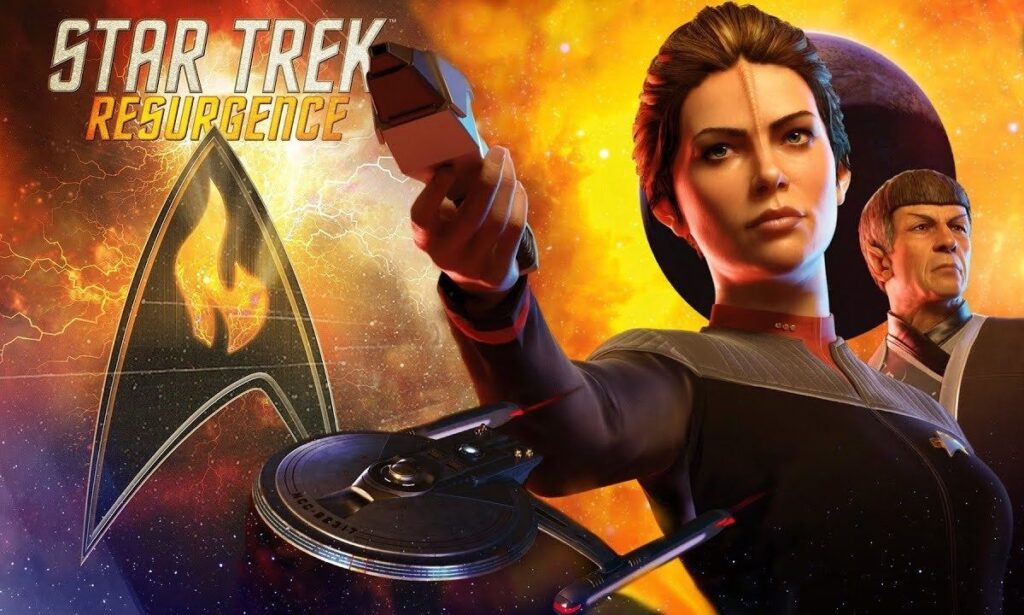
For every epic blockbuster or thought-provoking indie gem that finally graces our screens, a whole universe of cinematic dreams never quite made it past the drawing board. Filmmaking is a high-wire act of creative vision, financial juggling, and countless moving parts. It’s no wonder that for every finished product, ambitious projects often end up in the cinematic graveyard, living on only in fan whispers and speculative articles like this one.
Few genres spark our imaginations quite like science fiction when it comes to these lost potentials. The allure of a never-made sci-fi film is intoxicating, filled with “what if” scenarios. These alternate timelines make us wonder how these cinematic wonders might have reshaped our understanding of the universe. We’re talking about everything from legendary directors tackling iconic franchises to bold original concepts that promised to break new ground.
So, buckle up, fellow pop culture enthusiasts, because we’re about to embark on an incredible journey. We’re diving deep into the fascinating, sometimes baffling, and always entertaining stories behind some of the most talked-about sci-fi and fantasy movies that were canceled before they could truly begin. Some of these could have been absolute masterpieces, while others, let’s just say their abandonment might have been a cosmic kindness.
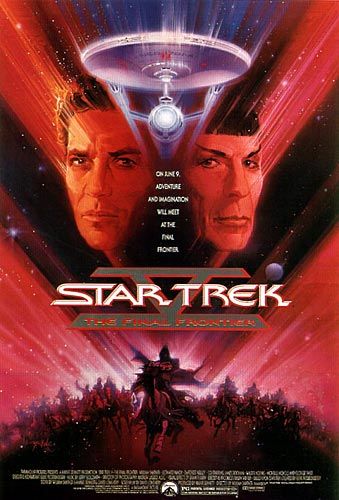
1. **Quentin Tarantino’s Star Trek**Imagine a Star Trek film where Captain Kirk drops f-bombs and the narrative is as non-linear as *Pulp Fiction*. This was the tantalizing prospect when it was announced in 2017 that Quentin Tarantino had his sights set on directing a Star Trek movie. The idea alone was enough to break the internet, promising a Star Trek unlike anything we had ever seen before. It sparked intense debate and excitement among fans.
Tarantino’s vision was rooted in Star Trek lore, specifically “A Piece of the Action” from *The Original Series*. This episode featured an Earth-like planet with a culture inspired by 1920s gangs. Tarantino’s pitch to J.J. Abrams was simple yet profound: he wanted to make “Pulp Fiction in space.” Abrams, intrigued, assembled a writers’ room to develop the concept further.
This led to Tarantino collaborating with Mark L. Smith, known for *The Revenant*. Smith hinted the plot would have involved “a little time travel stuff going on” and promised “a lot of fun” with Chris Pine’s Captain Kirk. What truly set Tarantino’s vision apart was his insistence on an R-rating, declaring, “If I do it, it’ll be R-rated,” a radical departure for the franchise.
Unfortunately, the project fizzled out by the end of 2019. Tarantino announced he was no longer pursuing it, never publicly giving a definitive reason. A Star Trek film with Tarantino’s signature blend of sharp dialogue and unexpected violence remains one of the most intriguing “what-ifs” in modern sci-fi cinema.

2. **Sam Raimi’s Spider-Man 4**After the divisive *Spider-Man 3*, director Sam Raimi was eager to course-correct and end his beloved series on a high note. He openly admitted in 2013, “I was very unhappy with Spider-Man 3, and I wanted to make Spider-Man 4 to end on a very high note.” This wasn’t just about another movie; it was about delivering a satisfying conclusion to a saga that had defined superhero cinema for a generation.
Raimi’s plans were exciting, featuring the Vulture, potentially played by John Malkovich, as the main villain. Anne Hathaway was cast as Felicia Hardy, Peter Parker’s new love interest, who would also become the Vulturess. Concept artist Jeffrey Henderson’s artwork even revealed Mysterio would have made an appearance, setting the stage for a thrilling storyline.
However, despite this promising setup, the project crumbled. Raimi explained his departure: “we had a deadline, and I couldn’t get the story to work on a level that I wanted it to work.” He simply couldn’t crack the narrative within the studio’s timeframe. Plus, Sony was already developing a reboot, which eventually became *The Amazing Spider-Man* in 2012.
The cancellation left a void for many fans who felt Raimi’s series deserved a stronger finish. While recent rumors offer a tiny flicker of hope, this iteration of Peter Parker’s story remains a captivating tale of what could have been. It’s a bittersweet reminder of a director’s dedication and the harsh realities of studio timelines.
Read more about: Behind the Headlines: 11 Celebrities Who Honestly Regret Becoming Famous
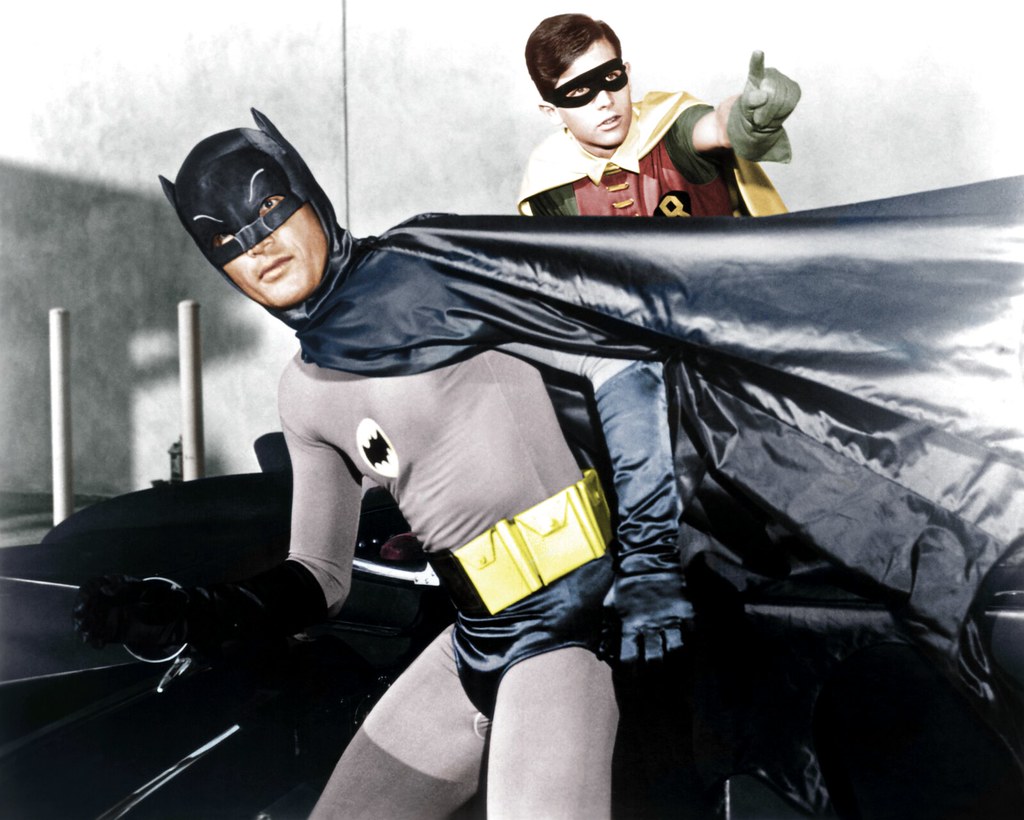
3. **Batman Unchained (aka Batman Triumphant)**Let’s face it, *Batman & Robin* (1997) wasn’t exactly a hit. Its campy approach disappointed many “hardcore fans.” Director Joel Schumacher heard the outcry, telling *Variety* in 1997, “I felt I disappointed a lot of older fans.” He was determined to make amends, promising “the Batman movie they would love me to give them” by taking a much darker route for the follow-up, *Batman Unchained*.
Schumacher’s vision for this darker sequel was ambitious. The plot featured Scarecrow and Harley Quinn teaming up against Batman. In a fun tidbit, Schumacher “remember[s] going to the set of *Face/Off* and asking Nic Cage to play the Scarecrow,” which would have been wild casting. The film also planned to delve into Batman’s psyche.
These psychological dives would include hallucinations, featuring planned cameos from a rogues’ gallery. Imagine Danny DeVito as Penguin, Michelle Pfeiffer as Catwoman, Tommy Lee Jones as Two-Face, Jim Carrey as Riddler, and Jack Nicholson as the Joker. This parade promised a deep dive into Batman’s trauma, contrasting the previous film’s campy tone.
Alas, *Batman & Robin*’s abysmal reception ultimately killed the project. Warner Bros. couldn’t move forward with a direct sequel after such a stumble. Various other directions were explored, including Clint Eastwood as an older Dark Knight, but none materialized until Christopher Nolan’s *Batman Begins* in 2005. *Batman Unchained* remains an unfulfilled attempt at redemption.
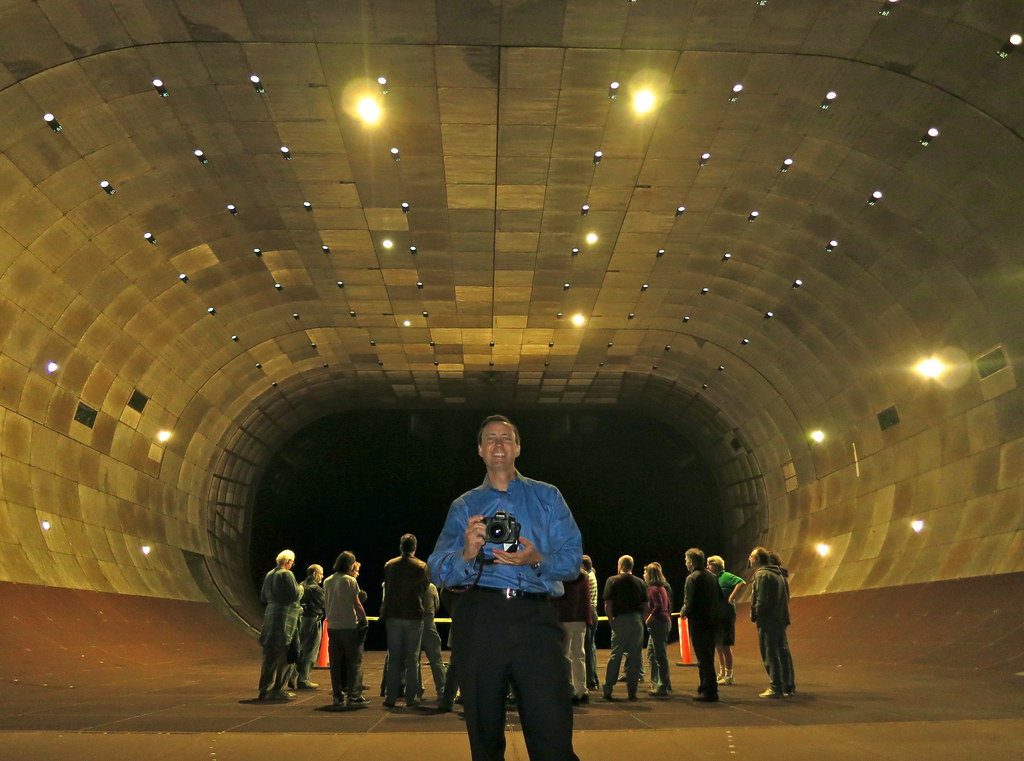
4. **David Fincher’s Rendezvous with Rama**Arthur C. Clarke’s 1973 novel, *Rendezvous with Rama*, tells the mind-bending story of a colossal alien spaceship entering our solar system. It’s a tale ripe for cinema, and director David Fincher, with Morgan Freeman, passionately tried to adapt it. Fincher began his quest in 2000, and by 2008, though he admitted “it looks like it’s not going to happen,” hope persisted.
The challenge, Fincher articulated in 2011, wasn’t just funding, but capturing the source material’s essence. He asked, “can we get a script that’s worthy of Morgan and can we get a script that is worthy of Arthur Clark and can we do all of that in an envelope that will allow the movie to take the kinds of chances that it wants to take.” This shows deep respect for Clarke’s work.
Fincher, known for his meticulous and often dark style, would have brought unique visual and psychological depth to Rama’s enigmatic arrival. Paired with Morgan Freeman’s gravitas, the film promised a cerebral and awe-inspiring exploration of first contact. The partnership was a dream team for many sci-fi fans.
Despite their extensive efforts, this particular Fincher-Freeman version of *Rendezvous with Rama* is officially dead. However, the story isn’t over! A new adaptation is on the horizon with Denis Villeneuve directing, and Morgan Freeman is still involved as part of the production team. It’s a testament to Clarke’s enduring vision.
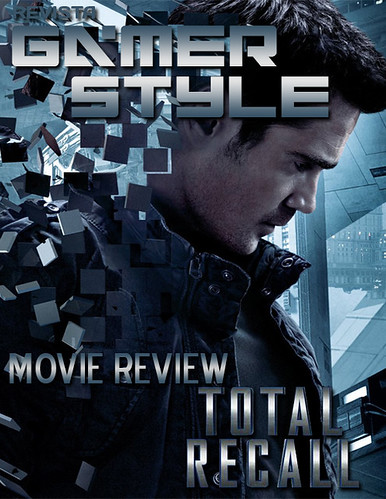
5. **David Cronenberg’s Total Recall**Before Paul Verhoeven delivered his famously wild *Total Recall* in 1990, a darker, more cerebral version brewed under David Cronenberg. Based on Philip K. Dick’s “We Can Remember It for You Wholesale,” the material perfectly suited Cronenberg’s body horror and psychological unease. It was a potential pairing of Dick’s mind-bending narrative with Cronenberg’s unique directorial vision.
The project began with producer Ronald Shusett and screenwriter Dan O’Bannon, who developed an initial script. Cronenberg then came aboard to refine it and direct. He reportedly went through an astonishing 12 versions of the screenplay, dedicated to aligning the narrative with his distinct artistic sensibilities. This was a deep, painstaking dive into the story’s core.
However, Cronenberg’s dark, psychological approach clashed with Shusett’s more action-oriented vision. Cronenberg famously recounted Shusett telling him, “We want this movie to be like *Raiders of the Lost Ark* goes to Mars.” The uncompromising director replied, “Okay, well, I’m not doing that movie,” and quit. This creative difference highlights the eternal struggle between auteur vision and commercial aspirations.
Even though he departed, Cronenberg’s influence left a mark on Verhoeven’s *Total Recall*. He is credited with creating the character who later became Kuato, the iconic psychic mutant fused to his brother’s abdomen. While we never got the full Cronenbergian nightmare on Mars, echoes of his twisted genius offer a tantalizing glimpse into a far more disturbing alternate reality.
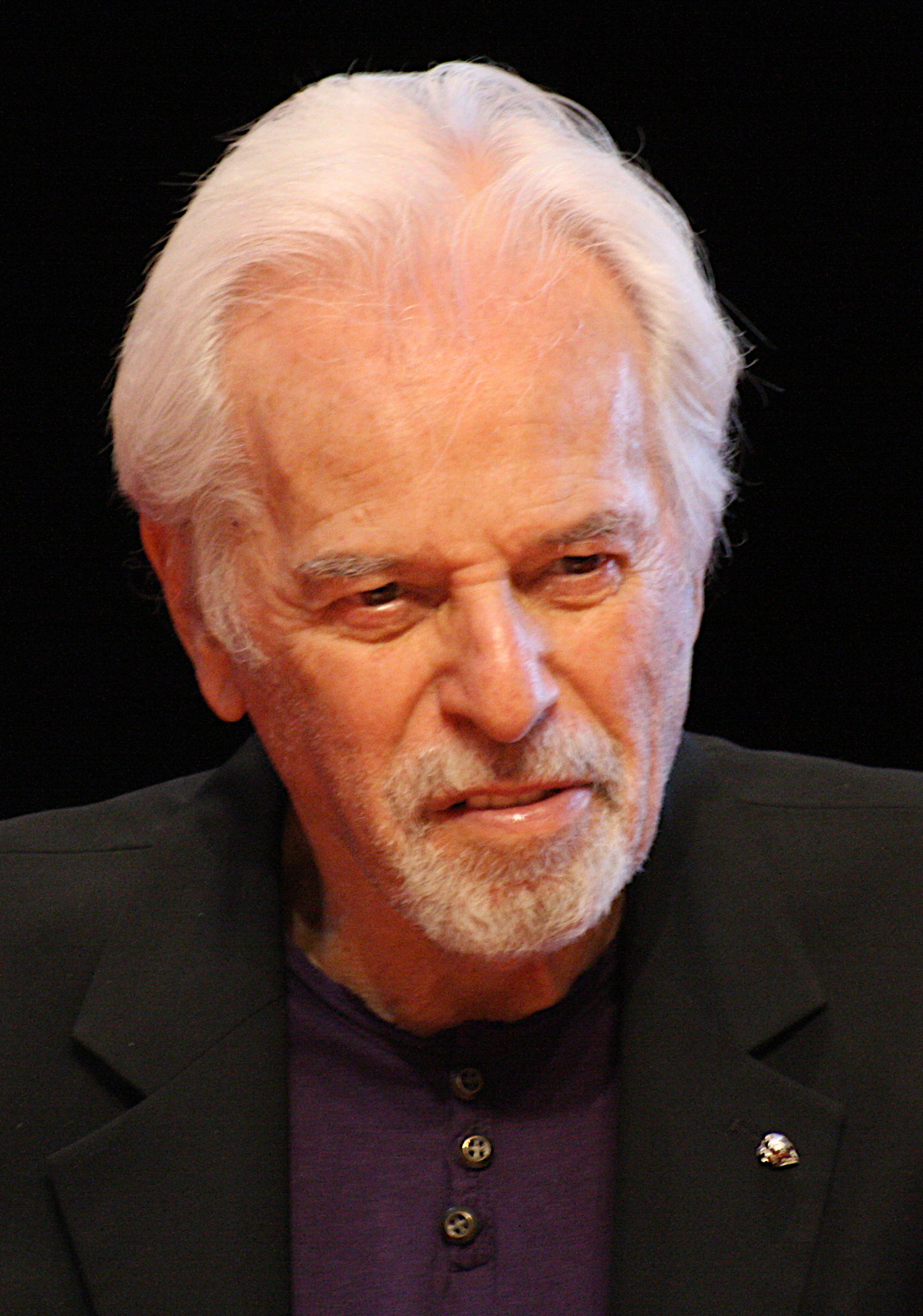
6. **Alejandro Jodorowsky’s Dune**”The greatest movie never made” often refers to *Alejandro Jodorowsky’s Dune*. Jodorowsky, known for his surreal films, received a blank check from producer Michel Seydoux for his next project: Frank Herbert’s *Dune*. What followed was a production so ambitious, star-studded, and utterly bizarre, it became legendary without filming a single frame.
Jodorowsky’s adaptation wasn’t just faithful; it reimagined Herbert’s universe into psychedelic territory. His version would culminate with Paul Atreides transforming into a sentient planet. To achieve this, Jodorowsky assembled an incredible team, including writer Dan O’Bannon and artist H.R. Giger, both later famous for *Alien*.
The cast list was a who’s who of eccentric genius. Jodorowsky cast his own son as Paul, and Salvador Dalí was tapped to play the Padishah Emperor, reportedly for an exorbitant sum per minute. Pink Floyd was chosen for the music, promising a sonic landscape as revolutionary as the visuals. This was an artistic endeavor on an unprecedented scale.
However, the sheer scale and audacity of Jodorowsky’s plans scared off studio executives. The budget inflated astronomically, and the projected runtime was an epic 10 to 12 hours! While its cancellation is a tragedy for some, the unadulterated vision of Jodorowsky’s *Dune* continues to fascinate, inspiring documentaries and discussions. It’s a powerful reminder that some groundbreaking ideas are simply too big for their own time.
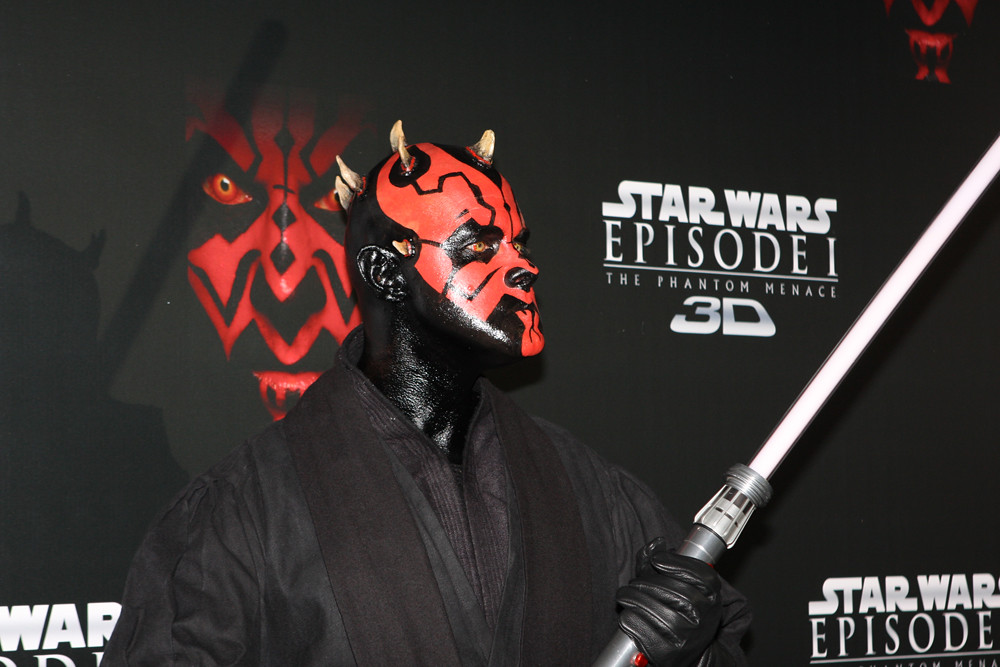
7. **George Lucas’s Star Wars Sequel Trilogy**Before Disney purchased Lucasfilm, the original creator, George Lucas, had his own fascinating ideas for a *Star Wars* sequel trilogy. Imagine a galaxy where Leia is diligently rebuilding the Republic, proving her leadership mettle, while Luke Skywalker works to restart the Jedi Order. This vision, outlined in *The Star Wars Archives: 1999-2005*, would have picked up shortly after *Return of the Jedi*, offering a direct and personal continuation for fans who adored the original characters.
But Lucas’s plans weren’t just about the heroes. His sequels would have introduced a truly wild concept: Darth Maul, yes, from *The Phantom Menace*, becoming “the godfather of crime in the universe” as the Empire collapsed. He wouldn’t be alone either, joined by a formidable apprentice, Darth Talon, a character familiar from the comics. This promised a much darker, underworld-focused *Star Wars* saga, filled with unexpected power plays and moral ambiguities.
So, why did this grand vision remain on the drawing board? The reason is surprisingly heartwarming. Lucas ultimately chose not to commit to the project because his daughter was about to be born, stating he’d “rather raise my daughter and enjoy life for a while.” It’s a powerful reminder that sometimes, even the architects of cinematic universes prioritize family over galactic empires, leaving us to forever ponder this intriguing alternate *Star Wars* timeline.
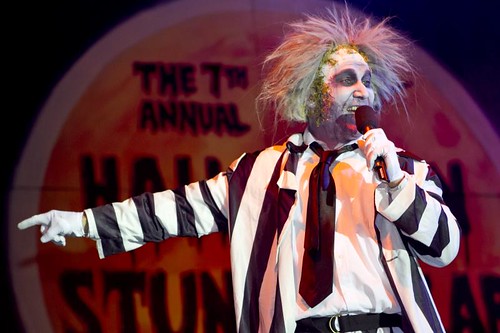
8. **Beetlejuice Goes Hawaiian**Yes, you read that correctly: *Beetlejuice. Goes. Hawaiian.* This brilliantly bizarre sequel concept, penned by Jonathan Gem, would have whisked the iconic Deetz family away to the sunny shores of Hawaii. Their intention? To construct a new holiday resort. Of course, this wouldn’t be a smooth vacation; the chosen land turned out to be an ancient burial ground, promising supernatural chaos with a tropical twist. It sounds exactly like the kind of wonderfully weird adventure only *Beetlejuice* could deliver!
However, Warner Bros. wasn’t as enthusiastic about a supernatural luau. Their priority was securing Tim Burton to direct a *Batman* sequel instead. By 1997, the project seemed dead, with Gem noting that Winona Ryder was “too old for the role” of Lydia, and a complete recast would be necessary. A *Beetlejuice* without Ryder’s unique gothic charm felt like a contradiction in terms, leaving fans to mourn the lost opportunity for some spooky island fun.
Yet, the spirit of *Beetlejuice Goes Hawaiian* proved resilient. Rumblings of a new sequel resurfaced in 2013, with Winona Ryder herself expressing interest in her character’s fate “27 years later.” While a new sequel is now in production, the tropical angle remains a delightful mystery. The working title, “Blue Hawaii,” tantalizingly hints at either a nostalgic nod or a full embrace of the Deetz family’s ill-fated island development. Here’s hoping for more ghostly, sun-soaked shenanigans!
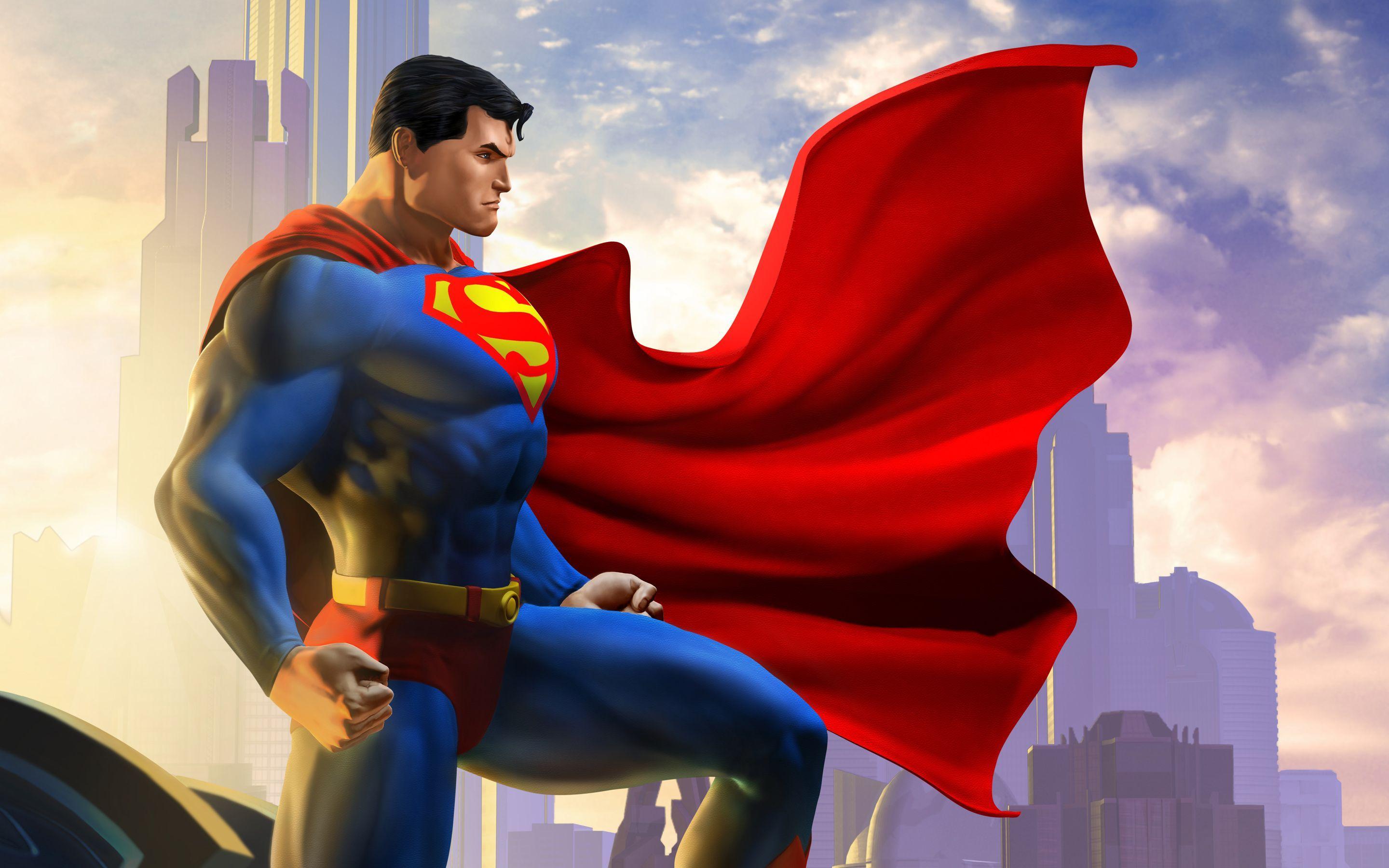
9. **Superman Lives**Before *Superman Lives* became a legendary “what-if,” this project, originally titled *Superman Reborn*, landed in Kevin Smith’s lap. While Smith was ecstatic to write a *Superman* movie, producer Jon Peters had some famously bizarre demands. Peters insisted Superman couldn’t wear his classic blue, red, and yellow suit, couldn’t fly, and, most infamously, had to fight a giant spider. Talk about a radical departure for the Man of Steel!
Nicholas Cage was cast as Superman, with Tim Burton brought in to direct and a new screenwriter on board. Preproduction accelerated, with sets and costumes even being made. Envisioning a non-flying, giant-spider-battling Nicolas Cage Superman, directed by Tim Burton, is a truly wild exercise in imagination. It promised a superhero film unlike anything ever seen, for better or worse.
Despite the star power and creative forces, the script itself continued to struggle. In 1998, Warner Bros. ultimately shelved the project, citing budget concerns and the script’s failure to “realize its potential.” The film never took flight, though a brief CGI sequence of Nic Cage’s Superman fighting a huge spider did make a cameo in *The Flash* (2023), offering a fleeting, surreal glimpse into this unmade cinematic curiosity.
Read more about: Oops! 14 Times Celebrities Totally Embarrassed Themselves on a TV or Movie Set (And We Can’t Look Away!)
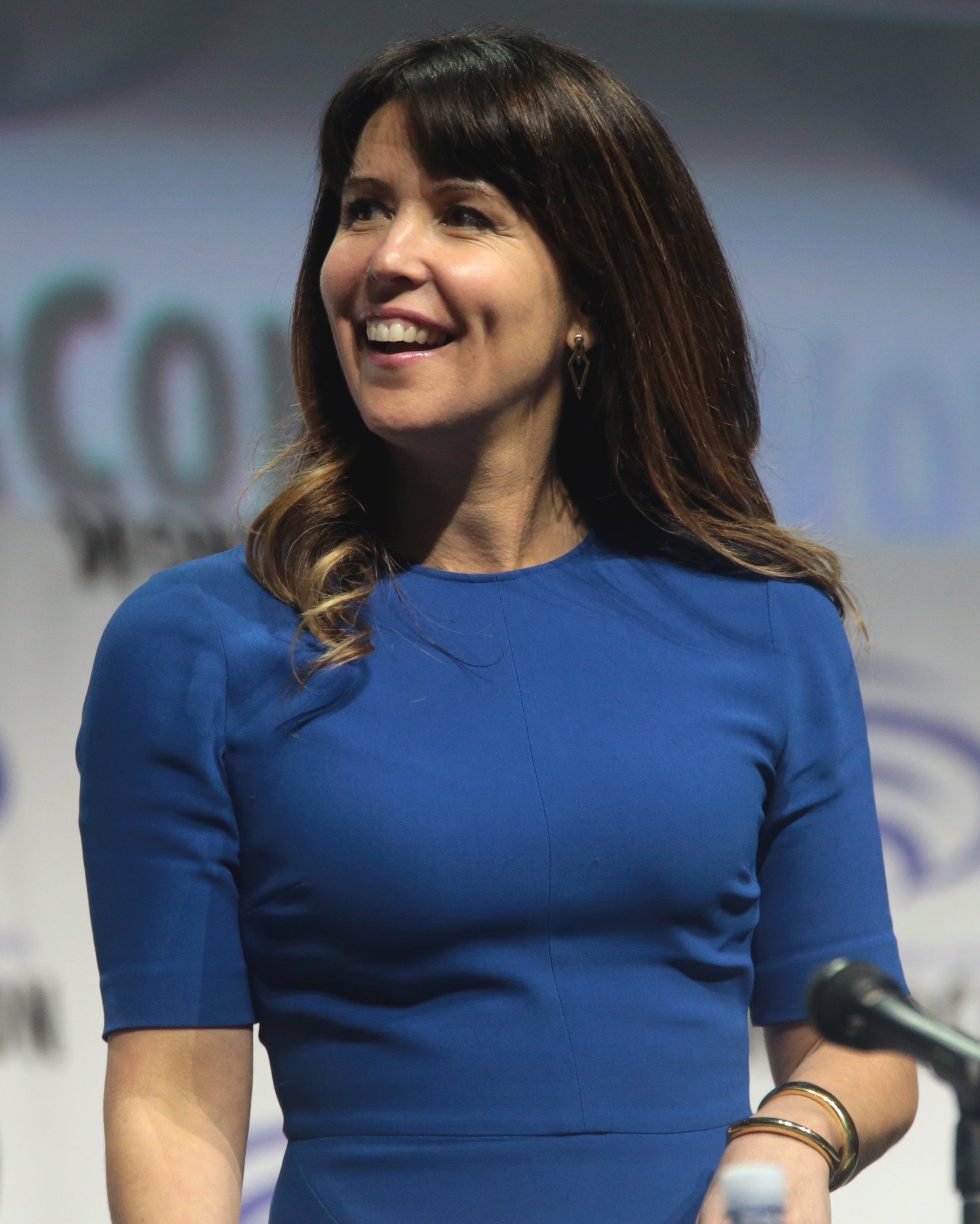
10. **Patty Jenkins’ Rogue Squadron**The announcement that Patty Jenkins, fresh from her *Wonder Woman* triumph, would direct a *Star Wars* film called *Rogue Squadron* was a moment of pure excitement for fans. It felt like a perfect match, promising an action-packed, high-speed thrill-ride centered on a “new generation of starfighter pilots.” Lucasfilm’s December 2020 synopsis teased a story that would “move the saga into the future era of the galaxy,” setting high expectations for aerial dogfights and new heroes.
The concept tapped into a rich vein of *Star Wars* lore, as the *Rogue Squadron* name has fueled countless popular novels, comics, and video games. A film dedicated to these legendary pilots, showcasing their daring missions and camaraderie, seemed like an absolute dream. Jenkins’ proven ability to craft compelling characters and thrilling action sequences made the prospect even more tantalizing for a film destined to capture the spirit of classic *Star Wars* space battles.
However, the project faced numerous delays, pushing *Rogue Squadron* into a frustrating state of limbo before its eventual removal from Disney’s official release calendar. While Jenkins stated in 2024 that she was “still working on the project with Lucasfilm in some capacity,” the recent title announcement of “Starfighter” for another upcoming *Star Wars* film by Shawn Levy and Ryan Gosling has significantly dimmed the hopes for Jenkins’ version. It seems this promising *Star Wars* adventure may forever remain grounded.

11. **Neill Blomkamp’s Alien 5**Hot off the success of *District 9*, Neill Blomkamp’s potential *Alien 5* was one of the most exciting “what-ifs” in sci-fi horror. The prospect of Blomkamp revitalizing the iconic *Alien* franchise generated immense buzz, promising a return to the chilling, visceral horror roots that many fans felt had been diluted in later sequels. This wasn’t just speculation; it was a deeply discussed project with tangible momentum.
A major draw was the involvement of Sigourney Weaver, poised to return as the legendary Ellen Ripley. Concept art offered tantalizing glimpses into a future that would have effectively bypassed *Alien 3* and *Alien: Resurrection*, presenting a direct continuation that many hoped would honor the original films. Imagine the sheer terror and atmospheric dread that Blomkamp, with his distinctive visual style, could have injected back into the xenomorph’s terrifying universe.
Ultimately, this highly anticipated sequel was put on hold, largely to accommodate Ridley Scott’s *Alien: Covenant*. While Scott continued to expand the *Alien* mythology with his prequels, Blomkamp’s direct continuation featuring Ripley never came to fruition. It remains a painful “what if” for many, with fans left to ponder the intense, character-driven *Alien* film that could have been, forever enshrined in the realm of unmade cinematic legends.

12. **Hyperion**Dan Simmons’ *Hyperion* is a true titan of science fiction literature, frequently hailed as one of the genre’s finest novels of the last thirty years. Its sprawling narrative, intricate world-building, and philosophical depth made it an irresistible target for cinematic adaptation. The story, following a group of pilgrims on a desperate journey to the mysterious Time Tombs, packed with multiple character viewpoints, cried out for a visual interpretation.
Hollywood certainly took notice, with major talent expressing interest. At one point, Leonardo DiCaprio was reportedly keen to star, which would have brought significant star power and gravitas to the complex tale. Later, Bradley Cooper pursued the project, not only as an actor but also attempting to pen the adaptation himself. Such high-profile interest underscored the novel’s immense potential and the ambition required to bring it to the screen.
Despite these passionate attempts, a single *Hyperion* movie proved elusive, likely due to the sheer challenge of compressing its intricate plot and numerous character arcs. However, hope remains! Recent announcements indicate that the entire *Hyperion Cantos* series might be adapted as a TV miniseries. This format feels like the most appropriate and respectful way to translate Simmons’ monumental work, allowing its full scope and nuance to flourish. We might yet see the terrifying Shrike and the pilgrims’ epic journey brought to life!
Read more about: Beyond the Annals: 12 Ancient History Movies That Rewrote the Past and Forged Their Own Legends
And there you have it, folks! Another deep dive into the cinematic graveyard, where dreams of epic sci-fi blockbusters and thought-provoking adaptations lie tantalizingly out of reach. From iconic franchises taking unexpected turns to bold original concepts that were just a little too ambitious for their time, these unmade movies are more than just footnotes—they’re legends whispered among fans, fueling our imaginations with endless “what-if” scenarios. While we might never get to see these specific visions grace the silver screen, the stories behind their cancellations remind us of the incredible artistry, the relentless ambition, and the sheer unpredictability that defines the magic of filmmaking. Keep dreaming big, sci-fi lovers, because you never know when a cinematic ghost might just come back to haunt the box office!



